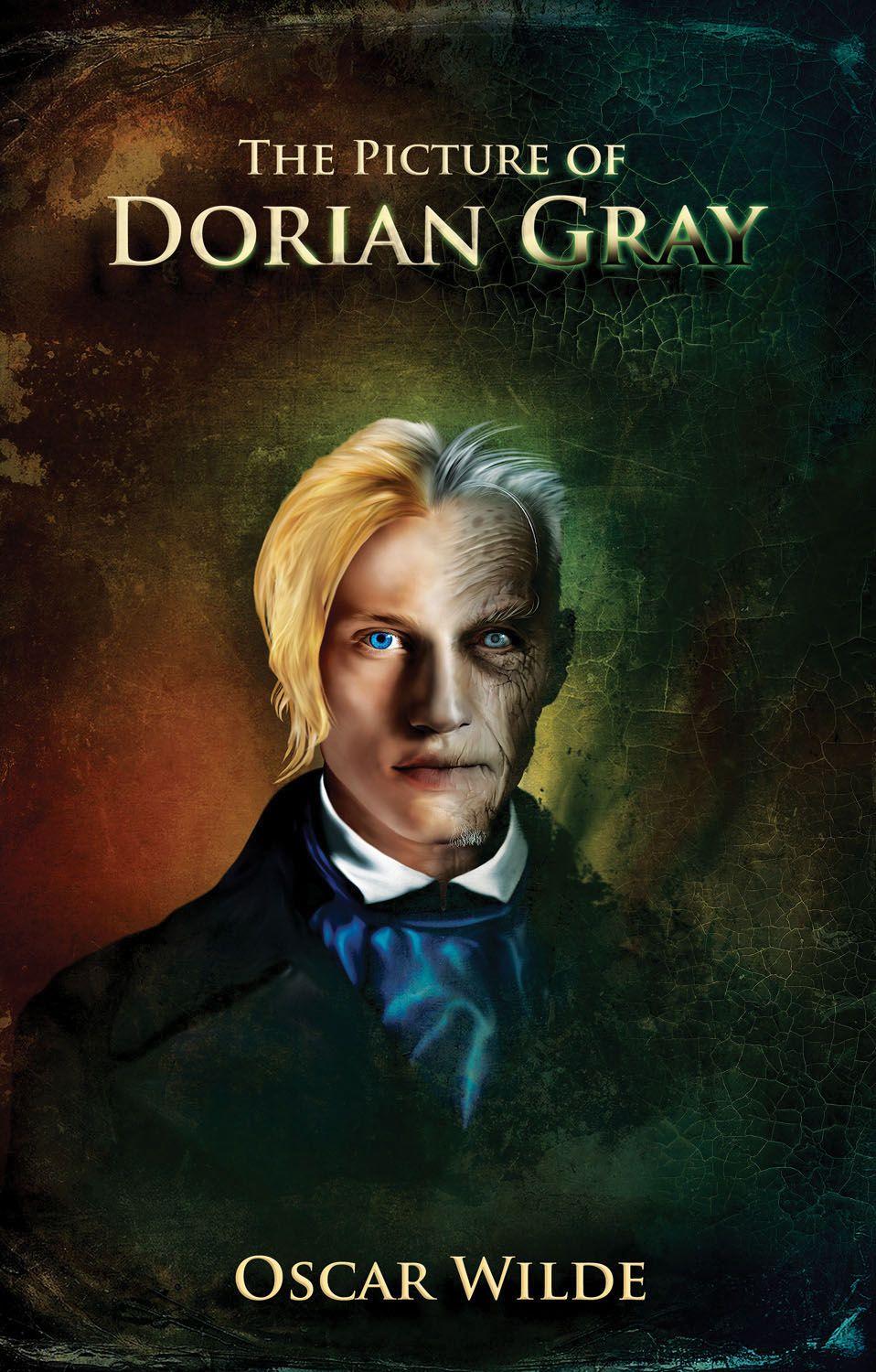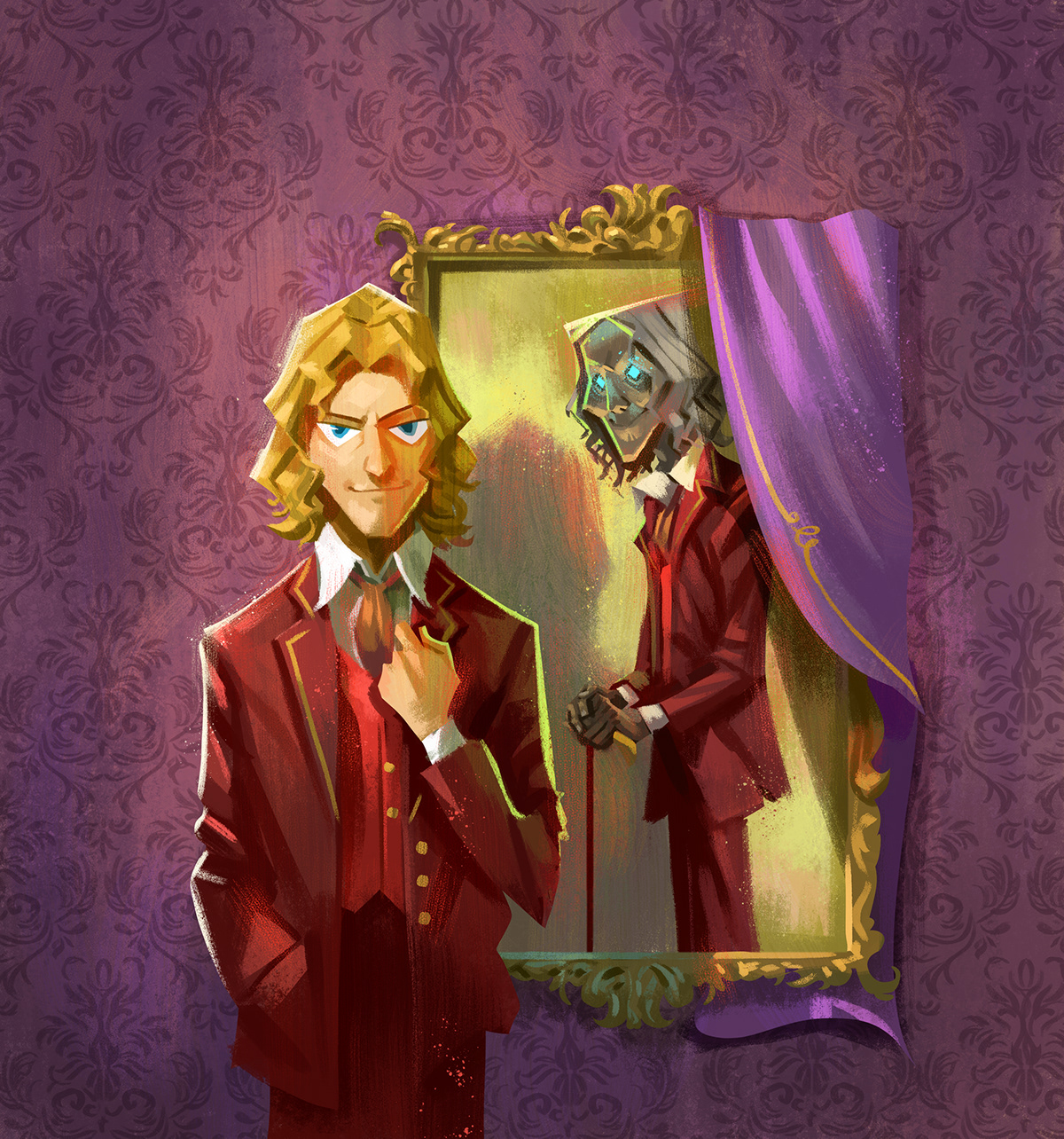Can a portrait truly capture the essence of a soul, and at what cost? Oscar Wilde's The Picture of Dorian Gray delves into this very question, offering a chilling exploration of vanity, morality, and the corrupting influence of unchecked desire.
Published in 1890, The Picture of Dorian Gray stands as a cornerstone of philosophical fiction and gothic horror. The novel, Wilde's only published novel, initially appeared in serialized form within Lippincott's Monthly Magazine before being expanded and released as a book in 1891. This captivating tale, set against the backdrop of Victorian England, explores themes of beauty, hedonism, and the destructive power of a life devoid of moral constraints. The narrative follows the titular Dorian Gray, a strikingly handsome young man, whose portrait becomes the repository of his sins and the embodiment of his decaying conscience.
| Category | Details |
|---|---|
| Full Name | Dorian Gray |
| Character Origin | Fictional; protagonist of Oscar Wilde's novel, The Picture of Dorian Gray |
| Notable Traits | Exceptional beauty, initial innocence, eventual descent into hedonism and moral corruption. |
| Key Relationships | Basil Hallward (artist), Lord Henry Wotton (influential friend), Sibyl Vane (actress). |
| Significant Actions | Makes a wish for eternal youth, engages in a life of pleasure-seeking, and experiences the moral consequences of his actions. |
| Role in the Story | The central figure around whom the plot revolves, serving as a cautionary figure regarding the dangers of unchecked desires. |
| Appearance | Described as exceptionally handsome, with a youthful appearance throughout the majority of the novel. |
| Moral Standing | Initially presented as innocent, but gradually becomes morally corrupt, reflecting the decay of his soul. |
| External Links | Project Gutenberg - The Picture of Dorian Gray |
The story commences in the artistic studio of Basil Hallward, a painter captivated by Dorian's remarkable beauty. As Basil works on Dorian's portrait, he confides in his friend, the eloquent and subtly cynical Lord Henry Wotton, about the profound impact Dorian has had on his life and art. Lord Henry, with his sharp wit and persuasive philosophies, begins to influence Dorian, introducing him to the pursuit of pleasure and the fleeting nature of beauty. It is in this environment that Dorian, gazing upon the finished portrait, expresses a desire for eternal youth, a wish that is ironically granted.
- Ssh Remoteiot Raspberry Pi Download A Comprehensive Guide
- Gorecentre Your Ultimate Guide To Entertainment And Lifestyle
Entranced by his own youthful appearance, Dorian's pact with the portrait takes a dark turn. While Dorian's physical form remains untouched by the passage of time, his portrait begins to bear the marks of his sins and moral decay. As Dorian indulges in a life of hedonism, his actions are reflected in the portrait's increasingly grotesque appearance. This visual representation of his inner corruption serves as a constant reminder of the consequences of his choices.
The novel explores the contrast between Dorian's external beauty and his internal corruption, highlighting the hypocrisy of Victorian society. While Dorian maintains a charming and seemingly innocent facade, his secret life is filled with illicit affairs and moral transgressions. He is able to move freely in society, his youthful looks concealing the darkness within him. The contrast makes the tale a harsh critique of a society that values appearances over substance.
The influence of Lord Henry Wotton plays a crucial role in Dorian's downfall. Lord Henry's pursuit of pleasure and his devaluation of morality provide a framework for Dorian's actions. He encourages Dorian to prioritize beauty and experience above all else, ultimately leading to his moral ruin. The relationship between Dorian and Lord Henry is a complex one, symbolizing the allure of hedonism and the danger of unchecked influence.
- Securely Connect Remote Iot Vpc On Aws With Raspberry Pi
- Sam And Catriona Break Up The Untold Story Behind Their Split
As the narrative unfolds, Dorian's actions have tragic consequences. He is responsible, directly or indirectly, for the suffering and death of several individuals, including the actress Sibyl Vane, whom he discards after her performances falter, and Basil Hallward, who witnesses the true state of Dorian's portrait. Dorian's inability to accept responsibility for his actions and his attempt to hide his true self ultimately seal his fate.
The Picture of Dorian Gray is not merely a gothic horror story; it's a philosophical exploration of the human condition. Wilde uses the supernatural element of the portrait to examine the concepts of morality, beauty, and the nature of the soul. The novel raises questions about the relationship between art and life, the pursuit of pleasure, and the consequences of denying one's conscience.
The setting of Victorian England is vital to the novel's themes. The rigid social mores and the obsession with appearances create the perfect environment for Dorian's double life. The novel critiques the hypocrisy of a society that values outward beauty and social standing over genuine moral integrity.
The initial publication of The Picture of Dorian Gray was met with controversy. Critics and readers were shocked by the novel's exploration of hedonism and the overt references to same-sex attraction. Some felt that the novel was immoral and promoted dangerous ideas, as well as the depiction of the influence of a friend as an instigator to corruption. Despite the initial controversy, the novel has endured as a classic of English literature.
The Picture of Dorian Gray has inspired numerous adaptations in various media, including film, theater, and television. These adaptations demonstrate the enduring appeal of the novel's themes and characters. The story continues to resonate with audiences across generations, as it grapples with universal questions about human nature.
In essence, The Picture of Dorian Gray is a cautionary tale, an exploration of the dangers of vanity, and the destructive potential of unchecked desires. The novel's enduring appeal lies in its profound insights into the human condition and its willingness to confront uncomfortable truths about beauty, morality, and the corrupting influence of sin.
The original manuscript for The Picture of Dorian Gray underwent some interesting changes. In the Lippincott's Monthly Magazine version, approximately five hundred words were removed before publication, much to Wilde's surprise. The novel was later expanded with six additional chapters when it was released as a book in 1891. This revised version provided further depth to the characters and themes, solidifying its place as a groundbreaking work of literature.
The character of Dorian Gray himself represents the archetype of male youth and beauty, a figure initially presented as innocent and pure. Influenced by Lord Henry Wotton, Dorian's character undergoes a transformation, embracing a hedonistic lifestyle that leads to his moral decay. The novel follows Dorian's journey from innocence to corruption, highlighting the consequences of his choices.
The secondary characters, such as Lord Henry Wotton and Basil Hallward, contribute greatly to the novel's themes. Lord Henry's witty pronouncements and cynical philosophy shape Dorian's values, while Basil's artistic admiration and eventual horror at Dorian's actions serve as a moral compass. These relationships add depth and complexity to the narrative.
The novel utilizes several key literary devices. The portrait functions as a symbol of Dorian's soul, reflecting his moral state. Paradoxes and epigrams are abundant, reflecting Wilde's wit and philosophical inclinations. The themes are explored through symbolism and vivid imagery, contributing to the novel's enduring impact.
The setting of the novel in Victorian England allows Wilde to explore the social norms, hypocrisy, and moral constraints of the time. Dorian's dual existence, living in a society of appearances while concealing his true nature, underscores the book's social commentary.
The book has sparked numerous critical interpretations, ranging from moralistic condemnations to psychological analyses. Critics have debated the meaning of the portrait, the role of beauty, and the relationship between art and life. These discussions are a testament to the novel's complexity and the lasting impact of the book.
The Faustian motif in The Picture of Dorian Gray is undeniable. Dorian's exchange of his soul for eternal youth mirrors the Faust legend. This connection adds a layer of mythic resonance to the story, making it a timeless exploration of the human condition.
The novel's style is notable for its rich language and Wilde's characteristic wit. The prose is filled with elegant descriptions, clever observations, and philosophical pronouncements. This distinctive style has made The Picture of Dorian Gray a quintessential example of aestheticism and a joy to read.
The novel's exploration of the relationship between art and life remains a central theme. The portrait serves as a symbol of the artist's creation and the impact that art can have on both the creator and the subject. The story questions the nature of beauty, the role of art in society, and the relationship between art and morality.
The initial reception of The Picture of Dorian Gray was mixed. Critics reacted strongly to the novel's themes, including the exploration of hedonism and the potential for moral decay. However, despite the controversy, the book has gained recognition as a work of enduring literary value. Its themes continue to resonate with readers, making it one of the most read pieces of fiction.
The story's influence can be seen in art, literature, and film. The book has inspired numerous adaptations and been referenced in countless works. The enduring popularity of The Picture of Dorian Gray is a testament to its power to engage, provoke, and enlighten.
The story's ending is a dramatic culmination of the themes explored throughout the narrative. Dorian, driven by guilt and a desire to be free from his burden, attempts to destroy the portrait, but in the process, destroys himself. The ending serves as a strong moral statement, showing the ultimate consequences of a life devoted to pleasure and free from moral constraints.
The legacy of The Picture of Dorian Gray is far-reaching. The novel continues to be studied and debated, and its themes are still relevant. The impact of the book on the evolution of the novel is significant, and the enduring popularity of the tale is a testament to the power of the message.
In conclusion, The Picture of Dorian Gray is more than just a gothic horror story; it is a profound reflection on the human condition. The novel explores themes of beauty, morality, and the consequences of unchecked desires, and it continues to captivate readers. Its legacy in literature, art, and film ensures its continued relevance, and it stands as one of the most important works of the 19th century.
- Mastering Remoteiot Web Ssh Download On Android A Comprehensive Guide
- Mastering Remote Iot Vpc Ssh Raspberry Pi Aws Download Your Ultimate Guide


